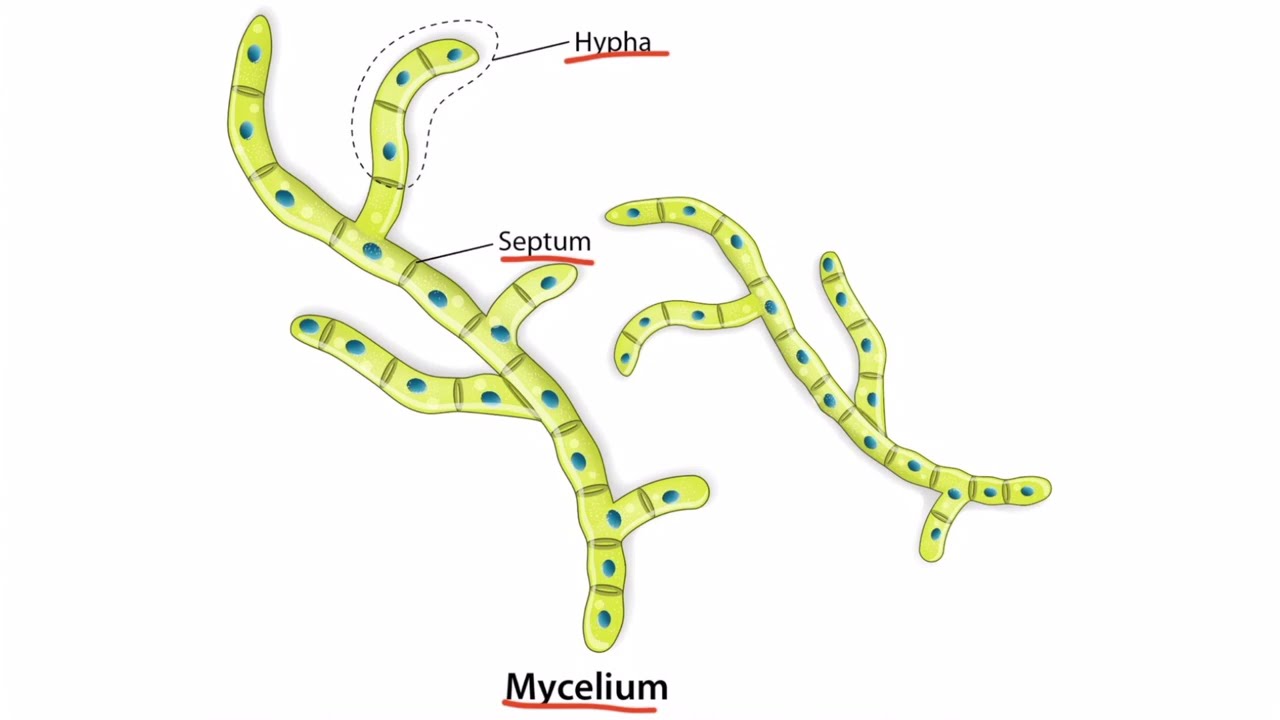
1. The Hidden World of Hyphae: An Overview
Let’s dive right into the fascinating world of hyphae. These thread-like structures form the mycelium of fungi and act as nature’s ultimate connectors. Imagine a tangled web beneath your feet, silently working to enhance nutrient exchange and connect various life forms. Hyphae interlink with plants to create intricate networks known as mycorrhizae. This relationship is a game-changer; it boosts nutrient uptake, combats pathogens, and facilitates communication among plant species, and it’s vital for the health of ecosystems.
Scientists have begun to draw intriguing parallels between hyphae and other life forms. Think about it: the way hyphae operate is akin to the way dendrites in the human brain facilitate communication. Both the fungal networks and our neural systems enable resource sharing and collaboration. By studying hyphae, scientists can uncover principles that connect all forms of life across the vast tree of life. How cool is that?
So, why is all this important? Understanding hyphae could lead to groundbreaking discoveries that would improve ecosystem health, agriculture, and even human health. It’s time to put on our thinking caps and appreciate the unsung heroes of the natural world!
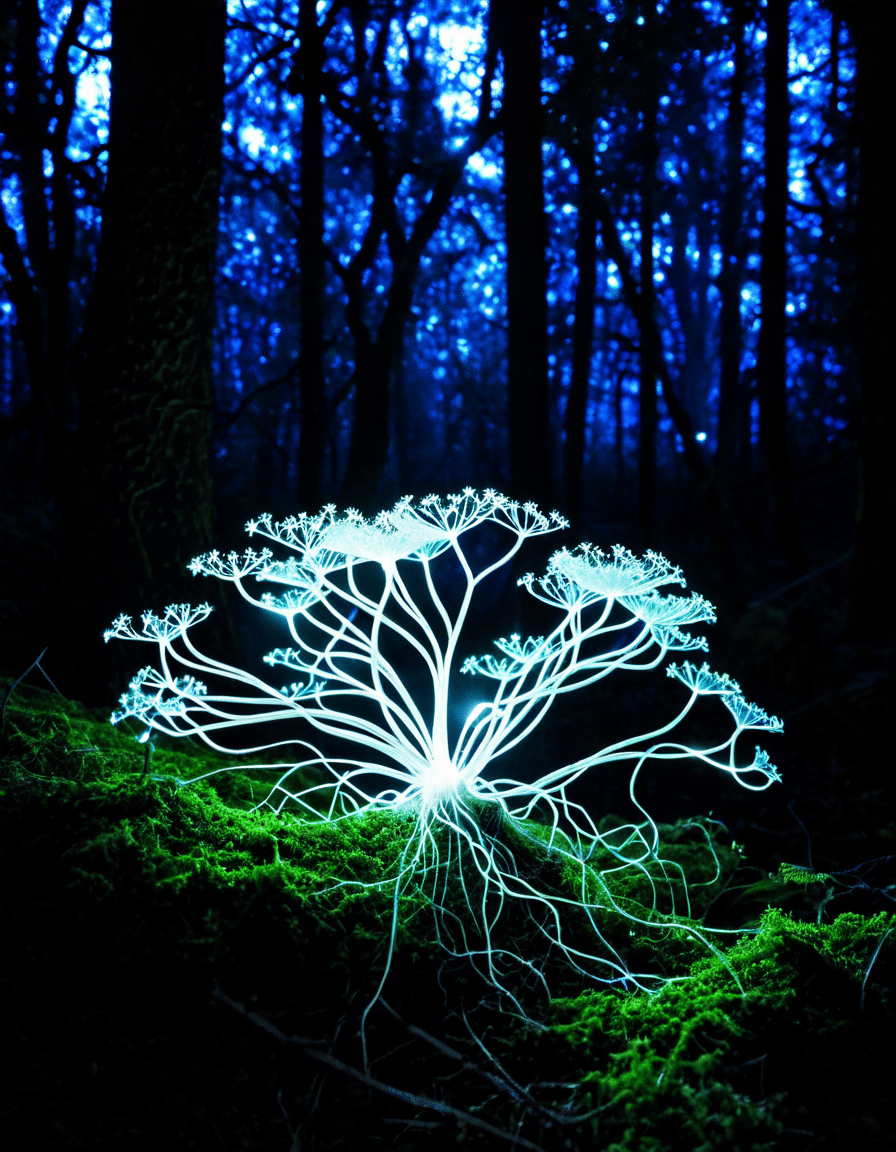
2. Top 7 Fascinating Ways Hyphae Impact Ecosystems and Human Health
1. Nutrient Cycling
First up is nutrient cycling—one of the most critical roles hyphae play. These little warriors break down organic matter more efficiently than many other organisms, which means they’re perfect for recycling nutrients in ecosystems. By decomposing complex organic compounds, hyphae return essential elements like nitrogen, phosphorus, and sulfur back to the soil. This natural recycling makes the ground fertile and helps plants grow big and strong.
2. Mycorrhizal Networks: The Underground Internet
Next, let’s talk about mycorrhizal networks, also known as the underground internet. Hyphae form extensive networks that can stretch for miles beneath the ground. Through these fungal webs, plants share nutrients and send out distress signals, much like your buddy texting you when he’s in trouble. Trees, for example, can send sugars to their neighbors in need, demonstrating a remarkable level of cooperation in the plant kingdom—often referred to as the “Wood Wide Web.”
3. Bioremediation Potential
Now, here’s something pretty exciting: hyphae have the potential for bioremediation. Certain fungi are capable of breaking down harmful pollutants like hydrocarbons from oil spills. They act as nature’s clean-up crew, showcasing how hyphae can contribute to environmental recovery efforts. By harnessing their unique properties, we can tackle pollution more effectively than ever before. Now, that’s a win-win!
4. Role in Climate Regulation
Hyphae also play a key role in regulating our climate. Believe it or not, these tiny structures contribute to carbon sequestration by storing carbon in the soil. Certain fungi can hold up to 25% of the soil’s total carbon! By decomposing organic materials, they help mitigate the effects of climate change. Incorporating these fungi into sustainable farming practices may be crucial in addressing the challenges of a changing climate.
5. Fungal Food Sources: Colostrum Powder
Let’s bring it back to health with one intriguing fact about hyphae: they can contribute to your nutrition! When cultivated properly, fungi rich in hyphae can produce colostrum powder. This supplement, celebrated for its superfood properties, is known to enhance the immune response. Also, its combination with colostrum benefits can help improve nutrient absorption—making it a powerhouse addition to your fitness regimen.
6. Innovations in Medicine: Hyphae-Infused Pharmaceuticals
Here’s where it gets even juicier: hyphae have caught the attention of pharmaceutical researchers. Extracts from certain mushrooms, like reishi (Ganoderma lucidum), have shown promise in boosting the immune system. With the EpiPen cost often being a concern for many allergy sufferers, integrating hyphae-derived compounds into therapies could offer alternative, potentially more affordable solutions. The future of medicine might just be intertwined with these fascinating fungal networks!
7. Ecological Conservation: Protecting Biodiversity
Finally, let’s discuss how hyphae are vital in conserving biodiversity. By ensuring healthy soil ecosystems, hyphae facilitate plant diversity, which is essential for maintaining animal populations. Projects utilizing native fungi to restore degraded landscapes really illustrate the importance of hyphae in achieving ecological balance. Investing in these natural connectors means investing in the future of our planet.
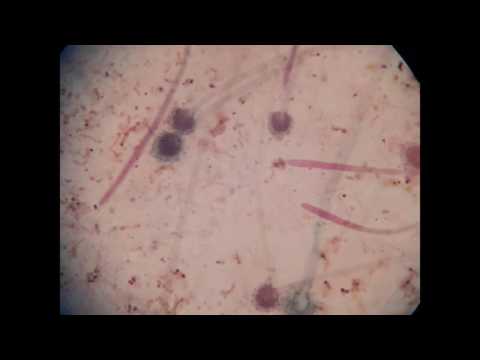
3. The Fascinating Interplay of Hyphae, Colostrum Benefits, and Health
Hyphae offer more than ecological support; they also hold substantial promise for human health. For instance, the nutritional benefits of colostrum powder work in tandem with the superfood properties of mushrooms, forming a powerful synergy. The unique components in colostrum, such as lutein and vitamin A, combined with bioactive compounds from mushrooms, may significantly boost cognitive function. This connection underscores the potential benefits for those looking to enhance their mental performance naturally.

4. Future Perspectives on Hyphae in Technology and Sustainability
Looking to the future, the possibilities with hyphae seem endless. As researchers explore the potential applications, advancements in biotechnology like mycoremediation and sustainable agriculture could emerge. Imagine a world where nature’s connectors help us innovate and enhance our living conditions. With the ability of fungal networks to adapt and respond to environmental changes, we might just unlock the door to new technologies that mimic their efficiency.
The potential for these remarkable life forms to inspire sustainable living practices is enormous. By understanding and implementing what we learn from hyphae, we can create a more balanced relationship between humanity and the environment. The future of sustainability may very well rest in these enigmatic networks that keep our ecosystems thriving.

Wrapping It Up: Embracing Hyphae for a Sustainable Future
So here we are, folks. In our fast-paced world, the lessons from hyphae can inspire collaboration and connectivity—not just in nature but in our lives too. By embracing these fascinating life-form connectors, we can achieve sustainability, enhance biodiversity, and improve human health. The potential is limitless if we recognize the contributions these tiny structures make to our planet.
Keep your eyes peeled for more research and applications involving hyphae, and who knows? You may find yourself part of a revolutionary change that leads to a healthier, more sustainable future. Just remember, blending our knowledge of nature with our ambitions can lead us down a path toward progress. Let’s get shredded and make the earth a thriving paradise at the same time!
Hyphae: Nature’s Mysterious Life-Form Connectors
The Amazing World of Hyphae
Did you know that hyphae, the slender filament-like cells of fungi, can stretch for miles underground? These incredible structures form intricate networks known as mycelium, playing a crucial role in nutrient cycling. Think of it like an underground highway system, connecting trees and plants. It’s a bit like how a Heloc on rental property( helps you manage finances, enabling better use of your assets. These fungi do something similar, allowing ecosystems to thrive through shared resources, making life a whole lot easier for plants.
Hyphae and Their Hidden Talents
Hyphae aren’t just connectors; they’re champions at breaking down organic matter, contributing to soil health. That’s right! These microscopic wonders help decompose everything from fallen leaves to dead animals. They take on the role of nature’s recyclers, supporting diverse habitats. Curious fact: certain types of fungi even form relationships with plants through their hyphae, offering nutrients in exchange for sugars—this is called mycorrhiza. It’s a partnership that makes the two (and the ecosystem) better together, much like the exciting plot twist of Avengement( in a good movie!
The Size Matters
Hyphae are usually quite tiny, measuring only about 1 cm() or less in width. Yet, these minuscule threads can span out to cover vast areas, like delicate fingers reaching through the soil! To put it into perspective, if you had a batch of hyphae spanning over 5 in cm, it could be the size of a small garden. That’s more than a nifty little fact—it’s a testament to how these organisms fuel life on Earth. And, while we’re fascinated by nature, you might find hybrids like Cloudmonster shoes() just as intriguing for their unique design!
So, the next time you see a mushroom peeking out of the ground, remember it’s just the tip of the iceberg. Below it lies a vast network of hyphae, tirelessly working behind the scenes. This ancient life-form connects and nurtures the natural world we often take for granted, just like a spermatocele( is often overlooked in health discussions. Nature really knows how to keep things interconnected and lively!
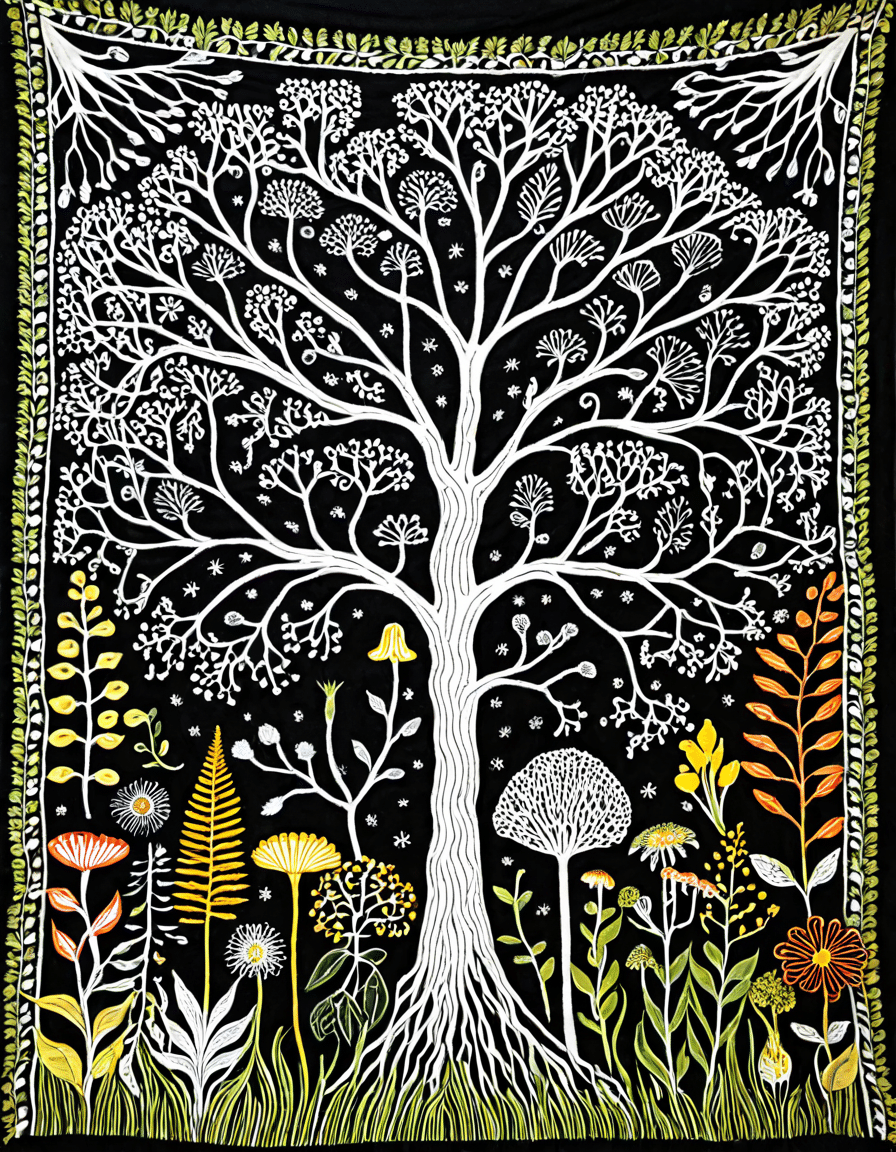



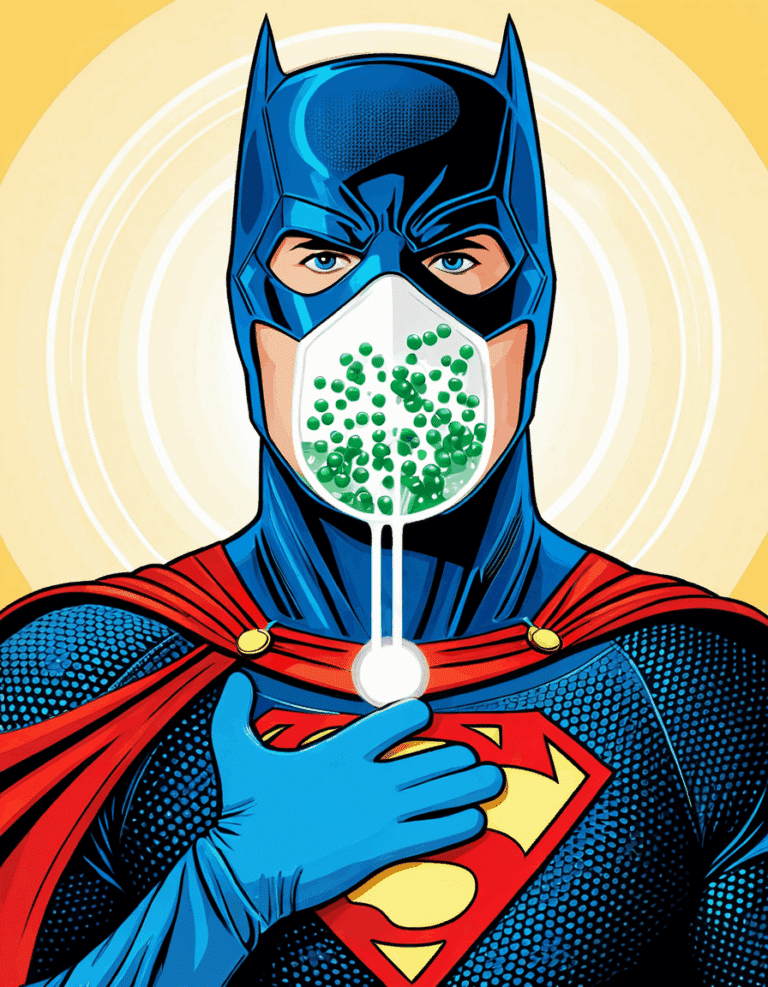












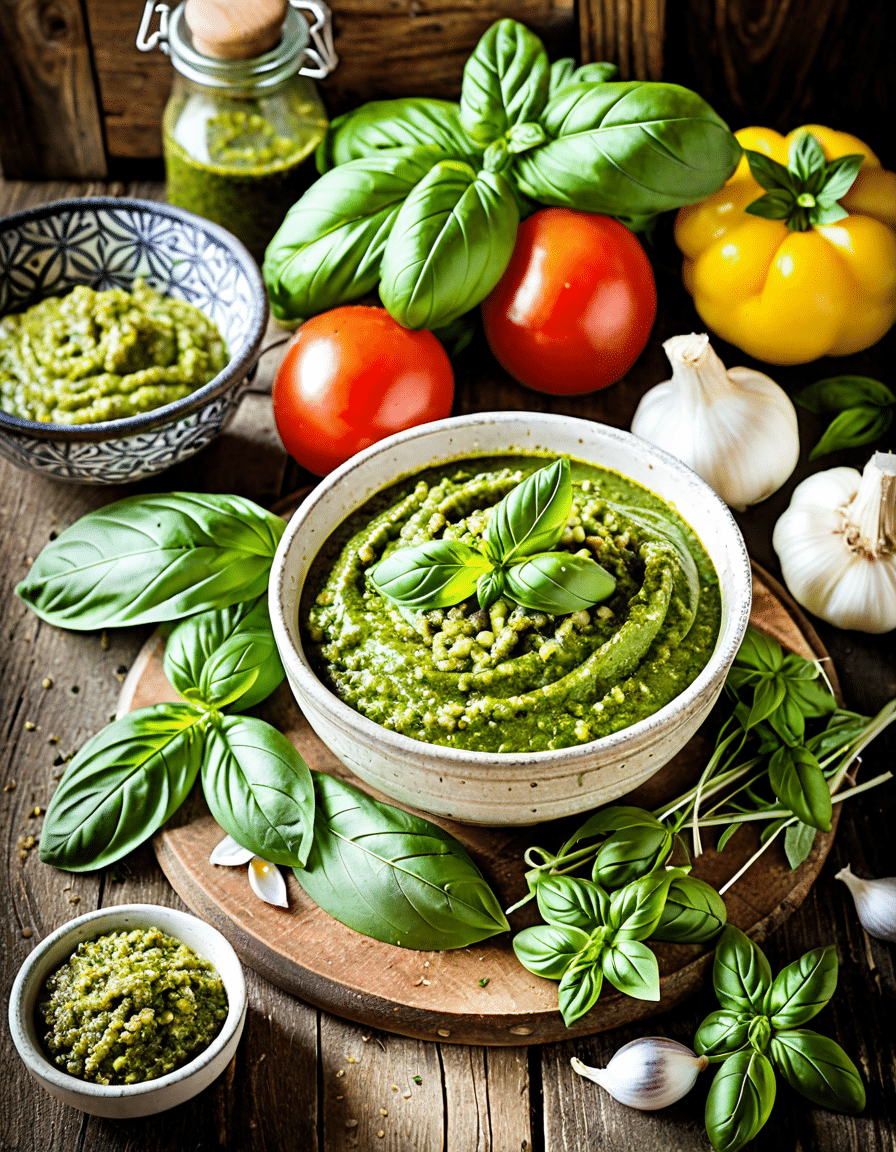

![Goodnight for Justice Triple Feature (Goodnight for Justice Queen of Hearts Measure of a Man) [DVD]](https://www.chiseled-magazine.com/wp-content/uploads/2024/03/Goodnight-for-Justice-Triple-Feature-Goodnight-for-Justice-Queen-of-Hearts-Measure-of-a-Man-DVD.jpg)







